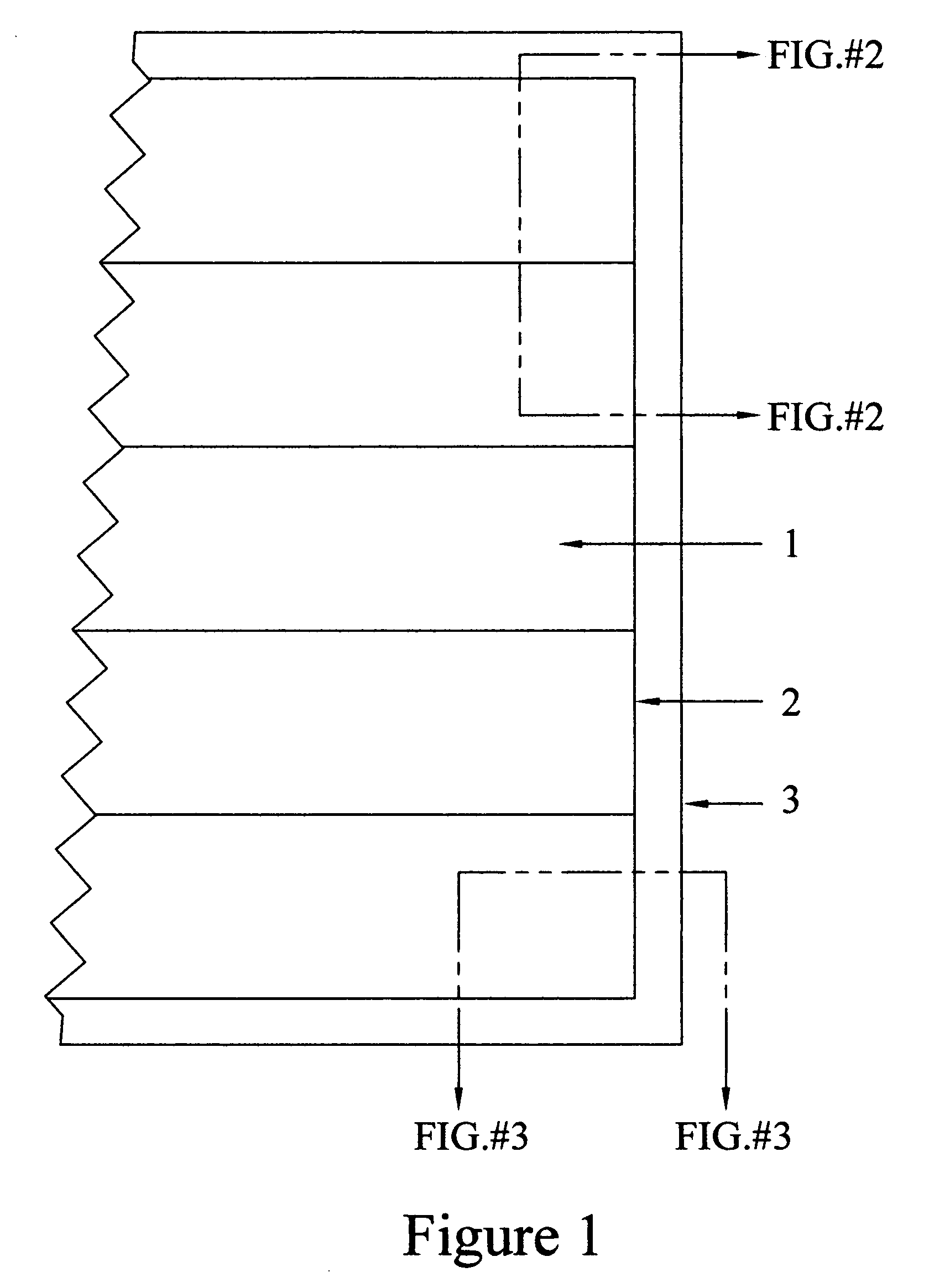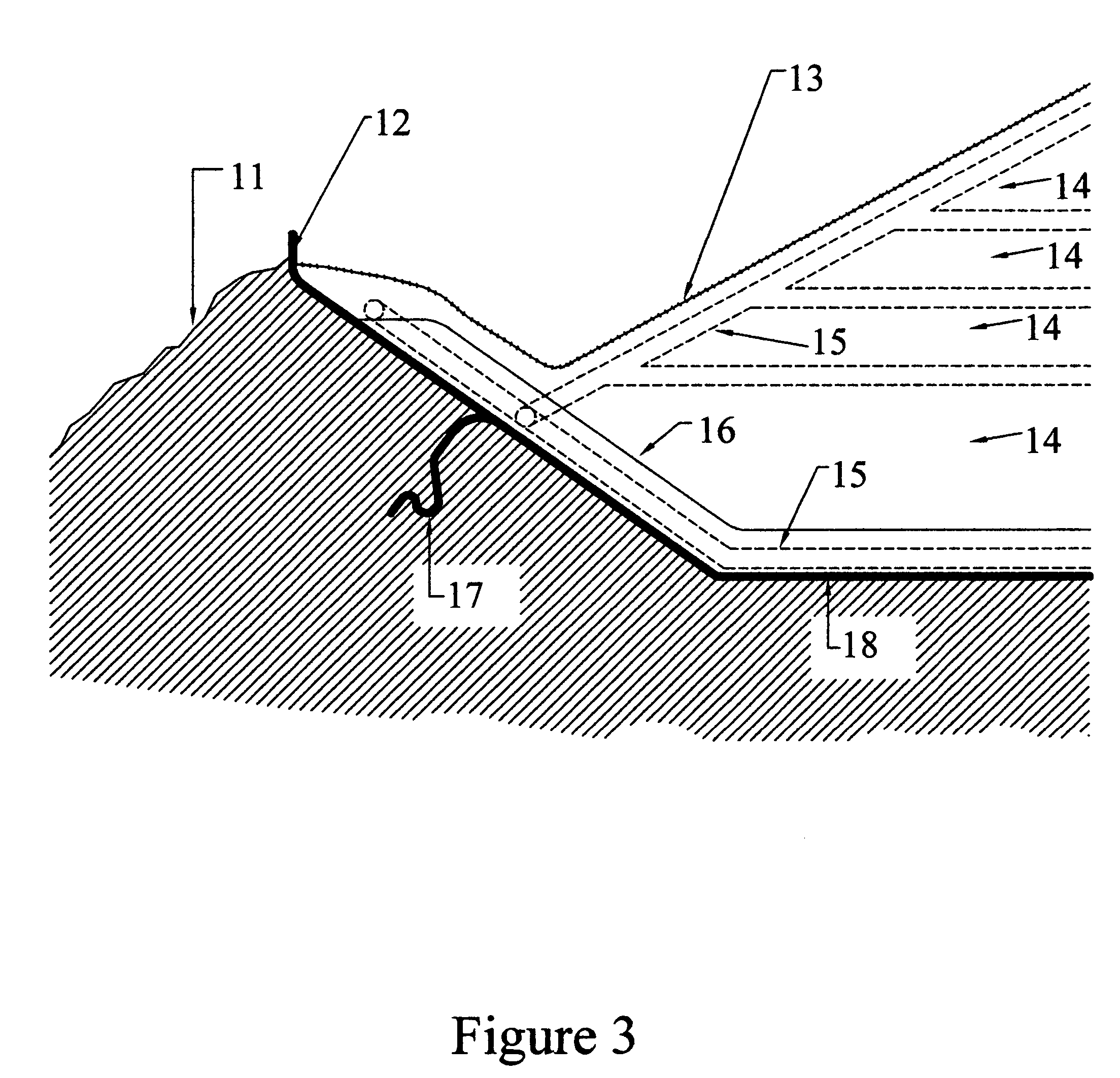"Transformer" aerobic digestion method, a system for treating biodegradable waste material through aerobic degradation
a biodegradable waste and aerobic degradation technology, applied in the field of transformers, can solve the problems of destroying the emitter system, and achieve the effect of minimizing the long-term liability of landfills or composting facilities, and convenient and cost-effective aerobic degradation processes
- Summary
- Abstract
- Description
- Claims
- Application Information
AI Technical Summary
Benefits of technology
Problems solved by technology
Method used
Image
Examples
Embodiment Construction
[0040]It is a principle object of this invention to provide a method and system for cost effectively treating solid, liquid, and green waste material in a landfill or composting facility through aerobic degradation. This invention encompasses methods that bring aerated liquid into contact with the waste mass of a landfill or composting facility. The equipment that aerates the leachate should be portable and inexpensive and is made so that the leachate or the waste cannot clog it up. Because of the liquid flows within the waste piles the auxiliary drainage keeps the method under control.
[0041]It is possible to utilize this landfill or composting facility system to reduce the amount of time necessary for the degradation process to stabilize the waste interred such that the land can be recycled or reused. The volume of compostable material will be reduced by about 50% and will be suitable for a wide range of beneficial uses if proper screening and processing of the waste occurs. The sc...
PUM
| Property | Measurement | Unit |
|---|---|---|
| volume | aaaaa | aaaaa |
| pressure | aaaaa | aaaaa |
| temperatures | aaaaa | aaaaa |
Abstract
Description
Claims
Application Information
 Login to View More
Login to View More - R&D
- Intellectual Property
- Life Sciences
- Materials
- Tech Scout
- Unparalleled Data Quality
- Higher Quality Content
- 60% Fewer Hallucinations
Browse by: Latest US Patents, China's latest patents, Technical Efficacy Thesaurus, Application Domain, Technology Topic, Popular Technical Reports.
© 2025 PatSnap. All rights reserved.Legal|Privacy policy|Modern Slavery Act Transparency Statement|Sitemap|About US| Contact US: help@patsnap.com



